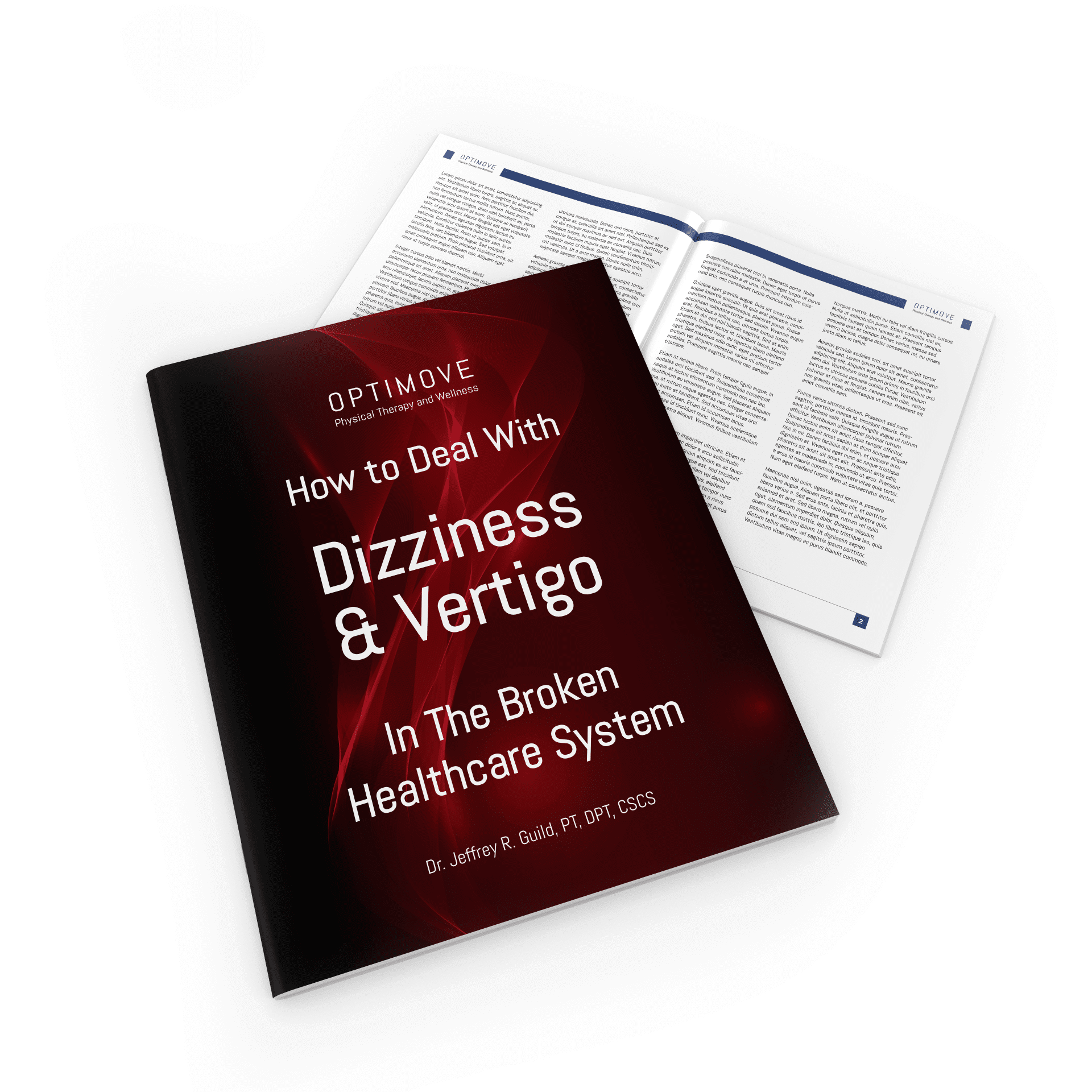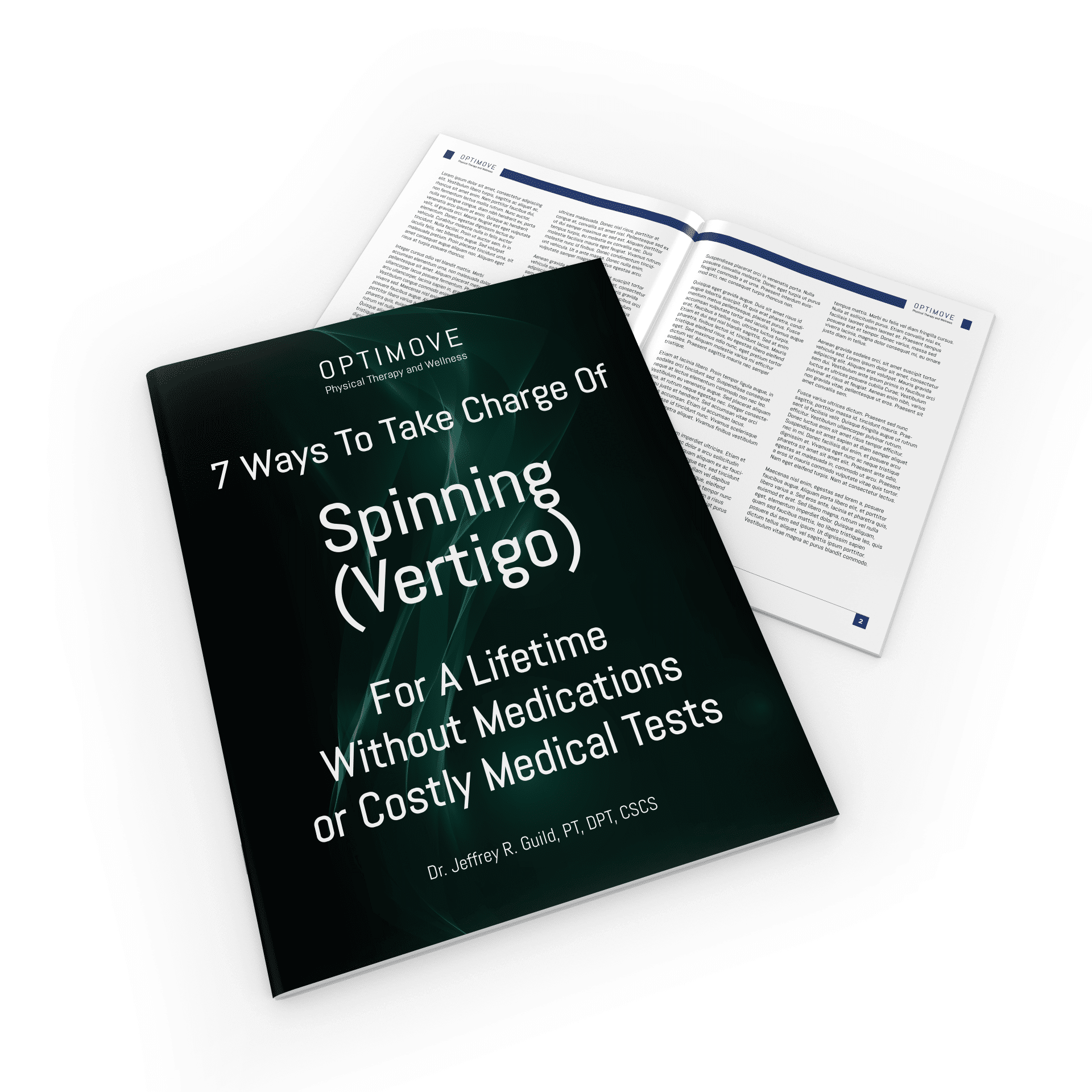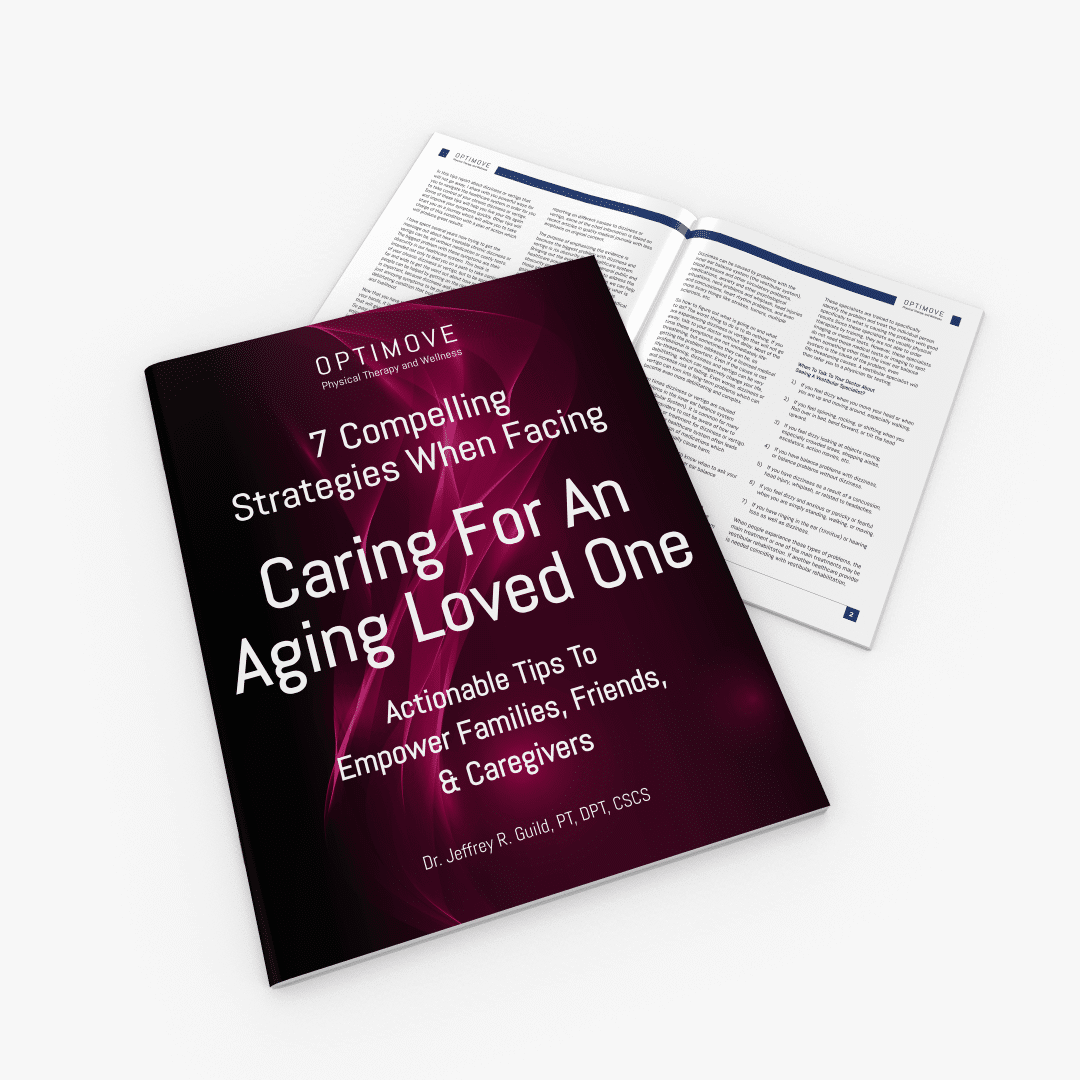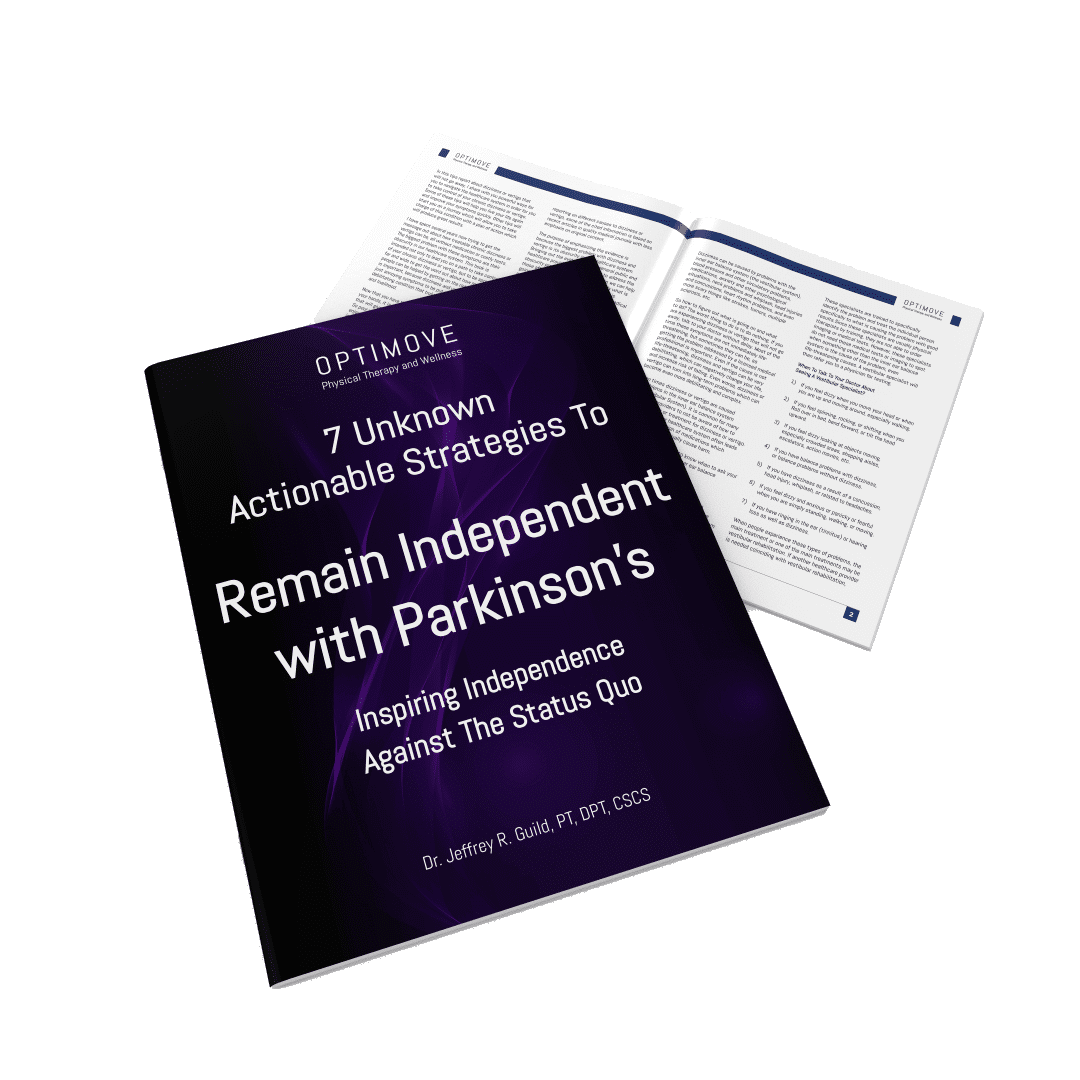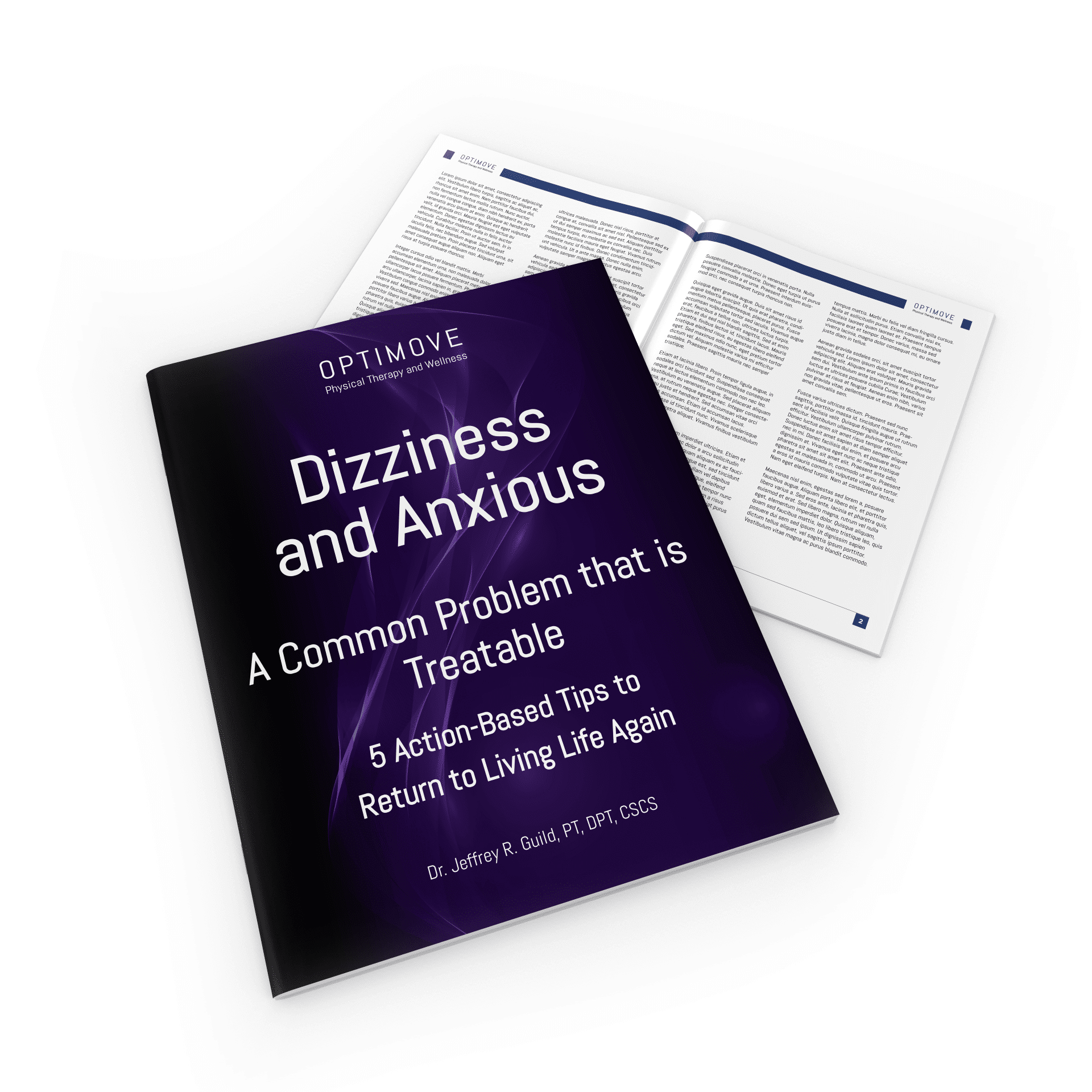Generational Differences can make a big impact in the overall experience working with the aging loved one and even the outcome when they’re looking for an increased level of independence with their mobility.
Do you or an aging loved one struggle with balance and falls? There is hope. Let us empower you to maintain your independence at home and in the community.
Click the link below to book your free in-home discover visit: https://old.optimovedfw.com/balanceandfallsfb
[00:00:00] Now one common challenge, and it’s something that people don’t think a lot about, and that’s the generational differences working with our aging loved ones, our patients and clients. And this can make a big impact in the overall experience working with them and even the outcome when they’re looking for an increased level of independence with their mobility.
So think about what historically was going on during the older person’s youth. What types of decisions were made? What was the culture like with medicine, with fitness, with exercise, healthcare in general? And take those things into consideration when communicating, making decisions, figuring out the best way to work with our older individuals, because if we don’t factor in the generational differences, then we might be completely missing the boat. Because we’re going to view the world as the younger generation differently than our older patients, clients, and aging loved ones.
So it comes down to meeting them where they are at. and to be able to understand where they’re coming [00:01:00] from. In order to understand where they’re coming from, we must understand the generational differences. So for instance, formal exercise was not something that was as common back in the day compared to now.
When we give them exercises at three sets of 10 and you know, theraband and you know, straighten your knee and all this stuff, it may not make a whole lot of sense to them. So instead focus on doing things that are more practical for them, standing up and down out of a chair or standing up from a chair and then walking to another place, or walking in the garden or going for a walk around the block.
Something that makes sense of them that’s practical to them. And will make a bigger difference in their life and we’ll show them how if we focus on these things and we do this on a regular basis, it’ll help us get back to doing these things. And these are the things that you want to get back to doing.
And by doing that, we’re factoring in the generational differences. And of course there can be cultural differences as well. It can be the urban versus rural, [00:02:00] it can be different countries, different cultures. All these things are big factors as people get olders about how they make decisions about their health,
fitness, exercise and how they solve their problems. And we’re all like that as individuals. And this is how we’re able to meet any individual person where they’re at, factoring in all these things and having that dialogue with them. What did they do for exercise when they were younger? Did they exercise? Or was exercise going for walks with their loved ones?
Was it working hard labor? And that was common. It wasn’t that long ago that I heard stories from 90 year olds who would say, I don’t understand why you would go and exercise and do more work because you’ve been out doing work all day long, so why would you do more work in the form of exercise? It didn’t make any sense to them because
that’s what people did at that time, when a lot more of work was more hard labor. We hear less of that now than we used to, but it’s a good example of [00:03:00] those generational differences and what people were doing in their lives at that time and how they make decisions now, how they exercise now, how they solve problems now and how they’re gonna get their mobility back.
So it comes back to, as we’re working together, factoring in those generational differences, and that’s how we’re all able to communicate, collaborate, and come to an understanding together so that our older individuals can get the outcome that they want and their independence with mobility.




